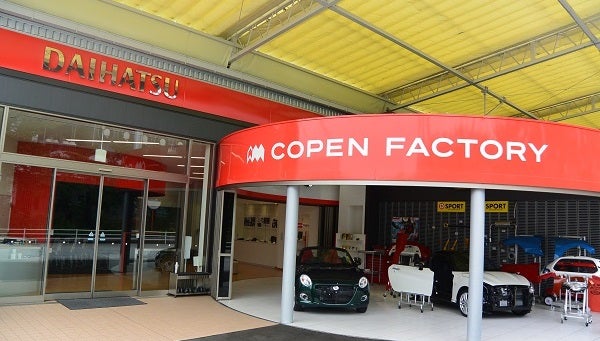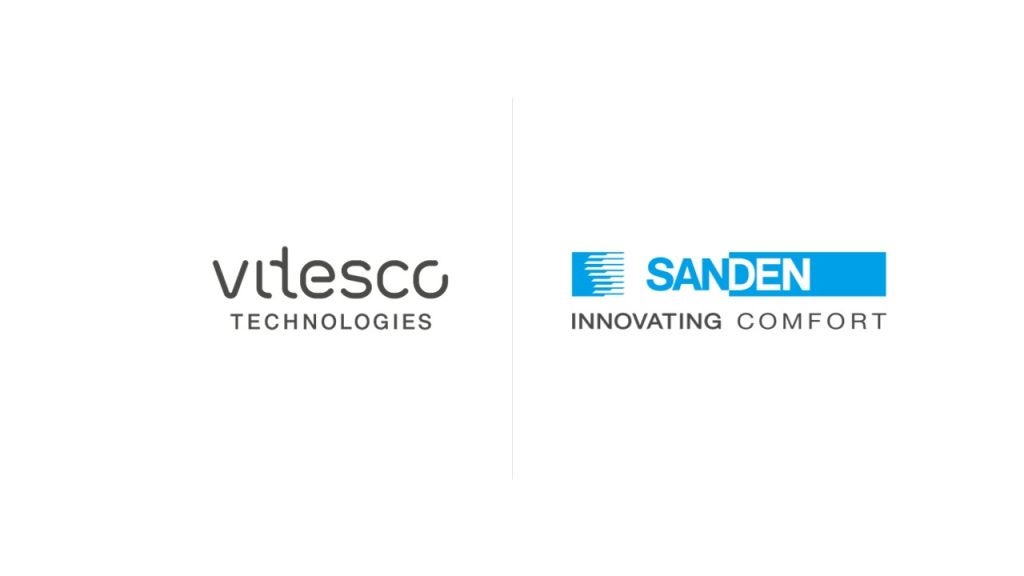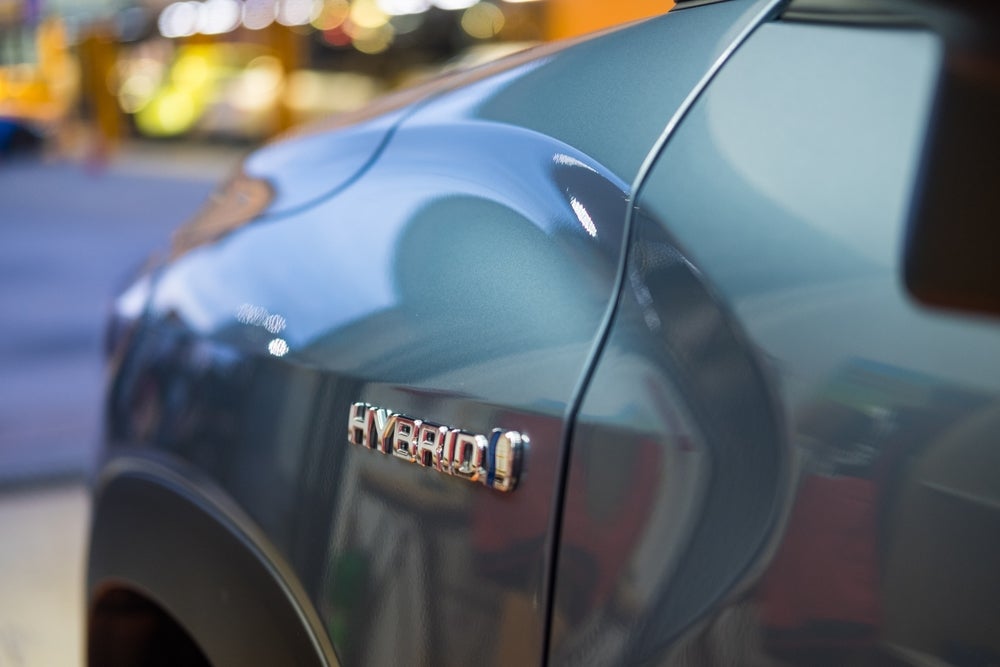Qube is just-auto’s online research platform, providing constantly updated insight and analysis on the global automotive manufacturing industry across over 40 sectors and 200 companies. In this month’s just-auto management briefing we republish extracts from QUBE. This interview is repoduced from QUBE’s Full Hybrids Intelligence Service
Following an advanced press drive of the new 2012 Toyota Prius C, just-auto spoke with Satoshi Ogiso, the lead engineer for the four models in the newly expanded 2012 Prius range: Liftback, Prius V (known as Prius+ in Europe and Prius Alpha in Asia), Prius C (called Aqua in Japan), and the upcoming Prius Plug-In Hybrid.
Ogiso is one of the few engineers who have been with the Prius program since its inception as the G-21 project in the early 1990s. He spoke about Toyota’s development of its new plug-in hybrid model, its views of series hybrid technology, and how he sees customer demand evolving for electric vehicles.
Q: You ran a fleet of several hundred prototype Prius Plug-In Hybrids for two years before putting the 2012 model into production. What changes did you make between the prototypes and the production car?
A: We changed the battery pack, also the powertrain programming, and we improved the electric range.
First, the battery pack is smaller (4.4 kilowatt-hours rather than 5.2 kWh), and we use different lithium-ion cells, from Sanyo. The new pack contains 56 rectangular large-format lithium cells, in four modules of 14 cells. Each cell has 21.5 Amp-hour capacity, operating at 3.7 Volts. But the usable portion of the pack’s energy capacity has remained almost the same, despite the smaller capacity.
Second, we made the power electronics more efficient, and we improved the control programs to maximize the efficiency of the entire powertrain, as well as the accelerator behavior. And we were able to reduce the weight of the car by roughly 70 kg (150 lbs), mostly due to the smaller battery.
How well do you really know your competitors?
Access the most comprehensive Company Profiles on the market, powered by GlobalData. Save hours of research. Gain competitive edge.

Thank you!
Your download email will arrive shortly
Not ready to buy yet? Download a free sample
We are confident about the unique quality of our Company Profiles. However, we want you to make the most beneficial decision for your business, so we offer a free sample that you can download by submitting the below form
By GlobalDataTaking all of those changes together, we have expanded the all-electric range by about 10 percent. [Depending on temperature and driving style, it ranges from 9 to 15 miles.]
Q: What data did you gather about typical usage patterns for the prototype plug-in fleet?
A: We learned that no single usage exists! [laughs] People used them in many different ways, for short and long trips, many times a day or just once.
Q: How did you choose the pack size, since you get only 9 to 15 miles of electric range—versus 25 to 40 in, say, a Chevrolet Volt?
A: For the plug-in Prius, it was very important to optimize efficiency for all usages, and to retain the fuel efficiency when operating in hybrid mode. A higher electric range means more weight from a heavier battery, which hurts fuel economy, as well as less space inside. So, we try to make the most efficient vehicle in all operating modes.
Q: In the prototype Prius Plug-In, once the battery pack had exhausted its electric range, the pack would not recharge beyond the 1.2 kWh of a standard Prius. Has that changed?
A: Yes. You can now recharge the pack beyond 1.2 kWh, if conditions permit. It would be technically possible to use regenerative braking to recharge the pack completely to 4.4 kWh, if you had dozens of miles of downhill travel. But, of course, such conditions do not usually exist in real driving.
Q: Other manufacturers have chosen a different architecture, the range-extended electric car, in which the engine is used only to generate electricity and not to power the wheels, once the pack is depleted. Is that an avenue Toyota is pursuing?
A: It is very important to make sure we have the lowest fuel consumption when using the engine to power the car. It would be foolish for our image of efficiency to use that energy to make electric power rather than to drive the wheels.
Even if much more efficient engines come along in the future, designed to power generators, their output should be used to power the wheels. Because our Hybrid Synergy Drive has two motor-generators, we can choose easily and freely how we blend power from the engine and the motor, from moment to moment. That is how we maximize efficiency under all circumstances.
Q: But won’t electric-car advocates and buyers want the experience of driving electric over a longer range?
A: Yes, EV-oriented people always want more. Perhaps in the future we can give them a sportier car, or a city commuter electric car, not one meant for such long distances.
Q: This is Toyota’s first-ever plug-in hybrid vehicle, and the first one you’ve sold since the RAV4 EV in California about 10 years ago. Will there be more?
A: Well, I am responsible not only for hybrid and plug-in hybrid vehicles, but also for battery electrics and hydrogen fuel-cell vehicles too. We are exploring many alternatives for fuel efficiency.
This is the first generation of plug-in hybrid vehicle for us. We expect that we will continue to improve both our hybrids and our plug-in vehicles in the future.
This interview is reproduced from QUBE’s Full Hybrids Intelligence Service
Short QUBE demonstration and a free trial







